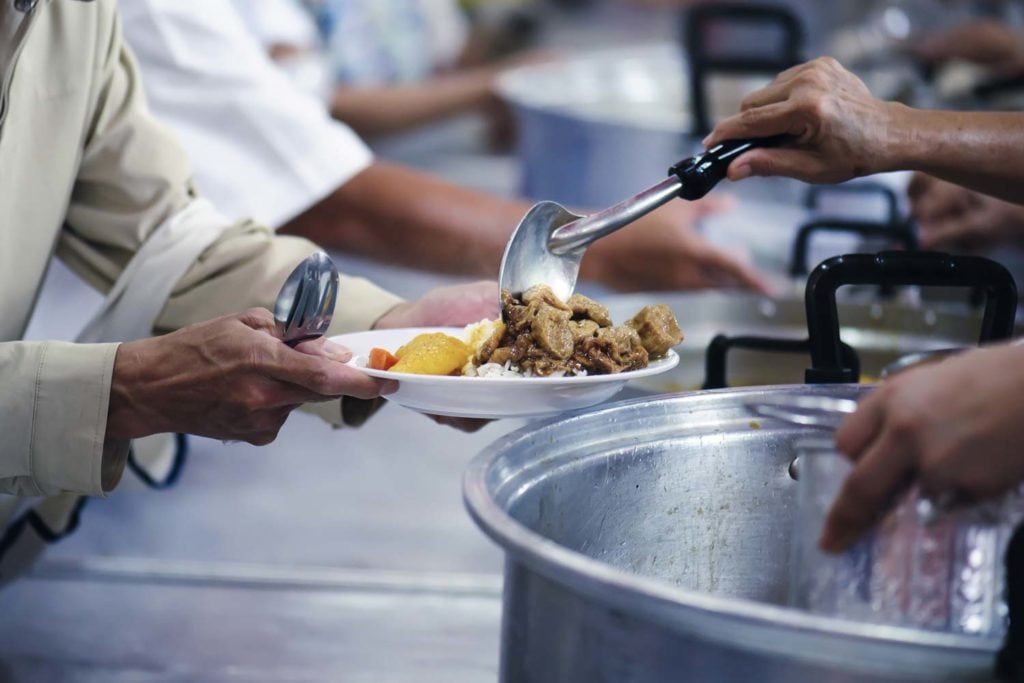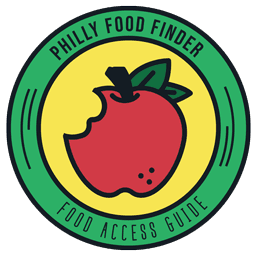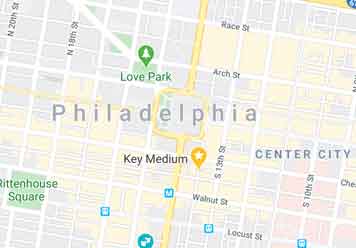Volunteer

Find Resources

Share
Share this website with families in need, advocates, and hungry individuals.
Community Gardens
Every neighborhood should have locally-grown produce. Find resource
Support the food system in Philadelphia
Nearly 22% of Philadelphians are food insecure, meaning they are unsure of where their next meal is coming from. Hunger exists in our neighborhoods because low-income families are forced to choose between paying rising rent, utility and medical bills and buying food.
which they People facing food insecurity in this city are making difficult choices everyday that affect their ability to thrive. When forced to stretch food dollars, families often purchase cheaper, unhealthier foods to get their children through the day and stave off the feeling of hunger. Many food-insecure seniors are choosing between buying food and paying for medicine, and may skip meals throughout the day. The consequences of these choices include malnutrition, obesity, mental health concerns, a weakened immune system, and a reduced ability to pay attention in school.
Based on this knowledge, the Philadelphia Food Policy Advisory Council’s Anti-Hunger Subcommittee identified the need for a food resources toolkit that consolidated information about how to get affordable, healthy food in Philadelphia. The subcommittee members gathered and compiled reliable information about different types of food resources for a project now known as Philly Food Finder. It was supported by FPAC from 2014 to 2018 and was picked up by Key Medium’s Coding For Causes program. During the start of the pandemic, we met with Share Food Program March 2021 and subsequently promoted slots open for volunteering in this Get Involved page and updated links to Share throughout the Philly Food Finder guide.

PhillyFoodFinder.org, along with the printed guides that are available, have helped Philadelphians to:
1. Search for all needs in one place.
There are many dedicated anti-hunger groups working to address these important issues in Philadelphia. This toolkit serves as a way to bring all of their resources together in one comprehensive location, and makes it simple for people to get connected to emergency food, meals for children and seniors, public benefits, and fresh produce.
2. View information on-the-go.
You can access this website on a mobile phone. It can be useful for providers during a local health fair or for a community member assisting their neighbor.
3. Move beyond immediate food assistance.
Although approximately 490,000 Philadelphians currently receive SNAP (food stamp) benefits, there are still an estimated 140,000 individuals who qualify for SNAP but are not participating in the program. This website provides detailed information on applying for SNAP and other nutrition assistance programs that help thousands of low-income families buy food at the grocery store.
4. Increase awareness of underutilized resources.
The resources section of the website has specific information for senior citizens, children, and adults with disAbilities, three vulnerable populations for which access to food can be limited. This section also includes information about farmers’ markets and fresh produce options, where people can learn more about accessing healthy, nutritious food for free or at an affordable rate.
5. Influence policy.
Using data gathered from the traffic to this website, we will demonstrate to policymakers where resources are, as compared to the need. This will help them make more educated decisions about food policy and influence long-term, systemic change in our food system.
Wondering what kind of help you can get?



